Sculpture makes a comeback at the Independent Art Fair
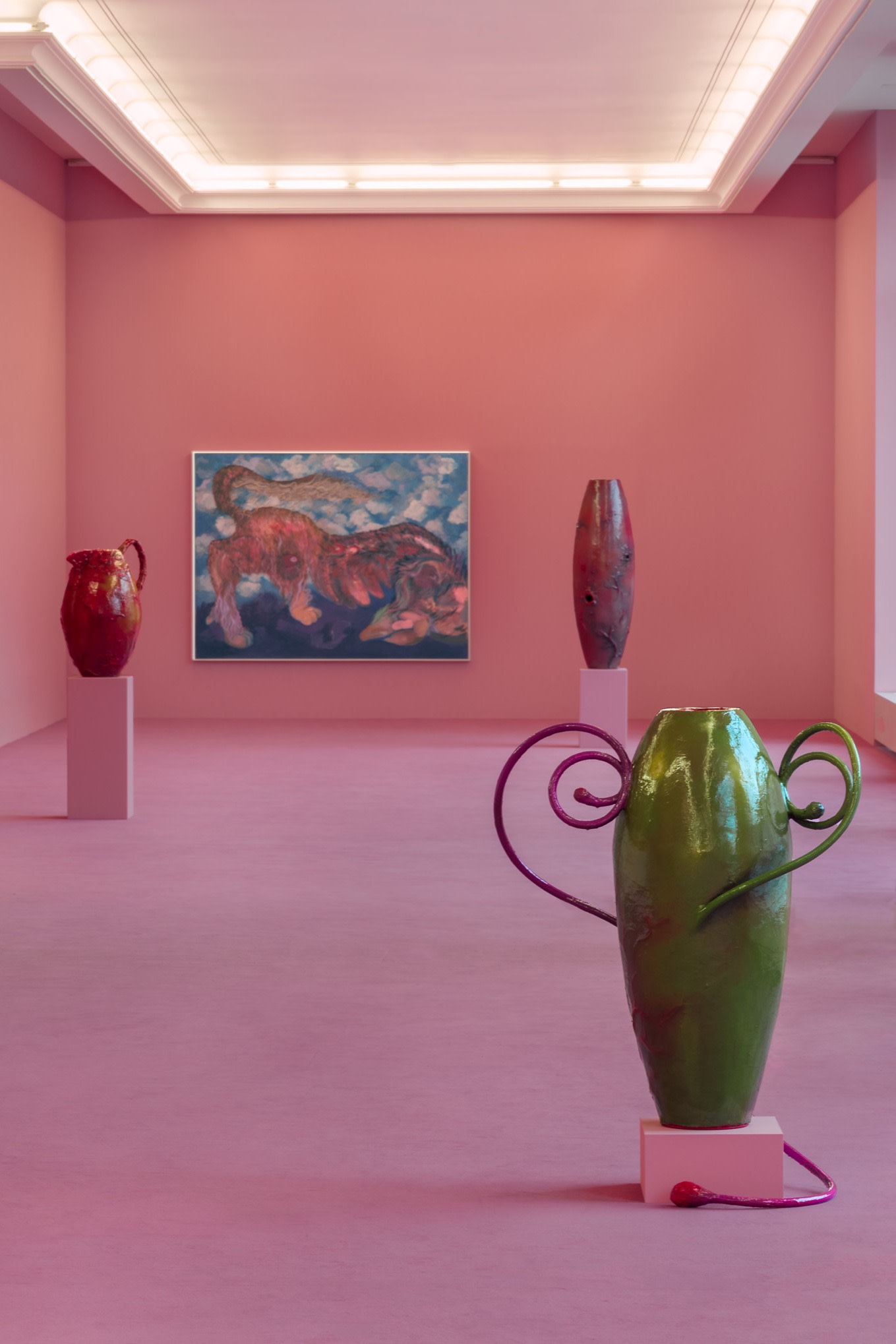
Roula Khalaf, Editor of the FT, selects her favourite stories in this weekly newsletter.
When art critic Lucy Lippard curated Eccentric Abstraction, a 1966 exhibition at the Fischbach Gallery, she set sculptor Keith Sonnier against the cold minimalism that ruled the scene at the time. Painting had risen in the ranks above sculpture and the “stoic male genius” had become its star. Sonnier’s lightbulb sculptures embodied a budding postmodernism, where traditional lines blurred and mixed, where the material could be light itself. His works contain a modern disposition, deep with contradictions that aesthetically resolve into a complete idea.
Visitors to this week’s Independent Art Fair in New York will have a chance to judge for themselves not just about Sonnier’s modernity, with his sculptures displayed on Franklin Parrasch’s stand, but about a bigger theme: the return of sculpture as a serious category at art fairs after some years where painting once again was in the ascendance.
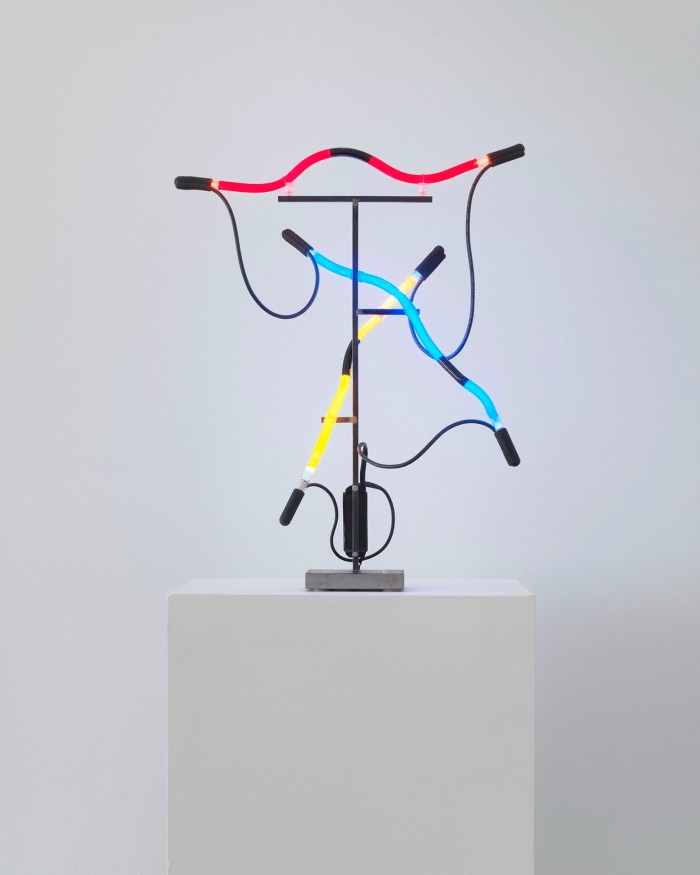
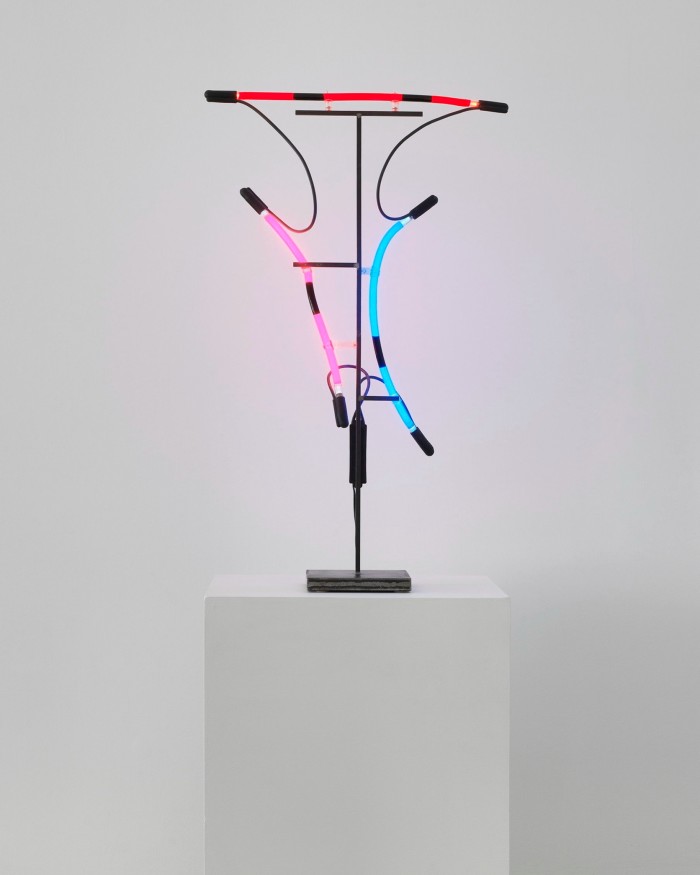
Sculpture can often take longer to place because of its expense and bulk, and the market share of galleries’ business is overwhelmingly skewed towards painting. According to a recent Artsy Art Industry Trends report, 59 per cent of the study’s nearly 900 gallery professionals cited non-figurative painting as “the most important” artworks for a gallery’s business. Sculpture didn’t even make the list.
“Prior to a year ago, the conversation was completely focused on painting, almost exclusively,” says Parrasch. “Sculpture is ‘coming back’, in a sense that people are recognising its significance, and also just feeling there needs to be aesthetic gratification within a space.” With so much art being acquired and viewed in a two-dimensional format, such as a phone or PDF, and painting the primary medium of this flattened experience, could this excitement around sculpture be a reaction? “There’s something to that,” says Parrasch.
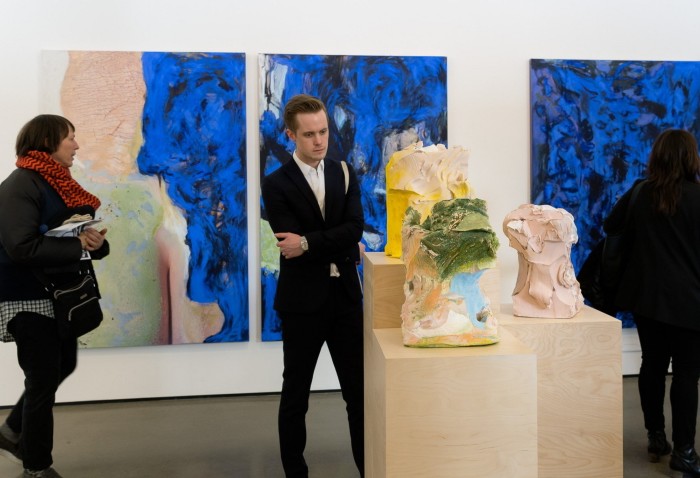
Filling the Independent Art Fair are many examples of the three-dimensional. “There is a lot of sculpture this year,” says fair co-founder Elizabeth Dee. Now in its 14th edition, running May 11-14 in its Tribeca home of Spring Studios, the invitation-only, “no booth” exhibition format is “a place that artists want to make work for”, says Dee. “You bring things to Independent, because you’re going to create a market for it.”
For contemporary sculpture, the medium has taken on many forms. “There is a hybrid of the practice coming out of this area,” says Dee. Take Dozie Kanu, whose work reads both as abstract art and an object comfortable in a domestic setting. Kanu works in Portugal, having grown up in Texas with Nigerian parents and attended the School of Visual Arts in New York. For Independent, he’s made a site-specific set for Francesca Pia Gallery, where the mise-en-scène includes new sculptures with armatures that could also be called by another name: shelves.
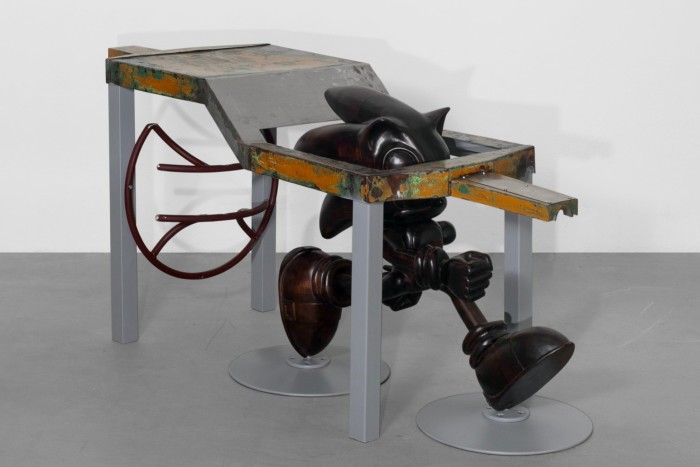
“It’s a very interesting challenge for a gallerist to work with an artist who refuses to have a clear and distinct description of what an object is,” says Leo Lencsés, director at Francesca Pia. While “the classical fine art collectors, you can imagine, prefer to know what a thing is, clearly and named,” Kanu’s sculptural forms speak to how modern collectors want art to be part of their lives.
Marie Madec, founder of Sans Titre in Paris, has brought Hamish Pearch, a young British sculptor. At the fair are a new batch of bronzes arranged intentionally (by Pearch) with every object-relation and sightline thought out for maximum impact. Forget sculptures simply sitting pretty on a plinth. “It’s very playful,” says Madec, who observes that collectors, particularly institutions, “are way more interested in having sculptural and installation works in general, because they relate to the public in a very different way”.
Pearch, like Kanu, has devised a dramatic experience for Sans Titre’s space. “And that’s really important in the world that we live in, where images are so accessible all the time,” says Madec. “People wouldn’t necessarily need to go to museums and galleries if it was just for images seen on your phone, whereas sculpture and installations really provide an emotion that you can only experience when you’re there.”
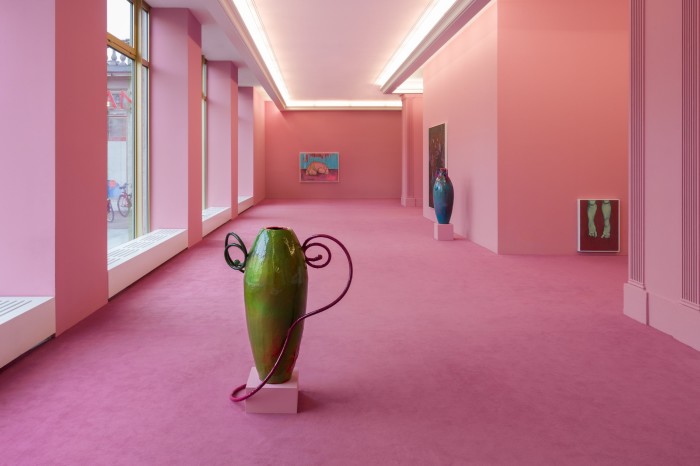
Peres Projects too has set its sights on an immersive experience, this time from Swiss artist Jeremy, who will be recreating the dreamy pink-hued installation from his first show with the gallery. The artist’s abstract paintings are complemented by large-scale papier-mâché vessels that read as clay. Gallery founder Javier Peres says the pandemic made selling sculpture harder: “Digitally selling works that weren’t 2D was pretty difficult,” he says, but now that in-person has returned, “we are certainly showing a lot more sculpture at fairs than we were.”
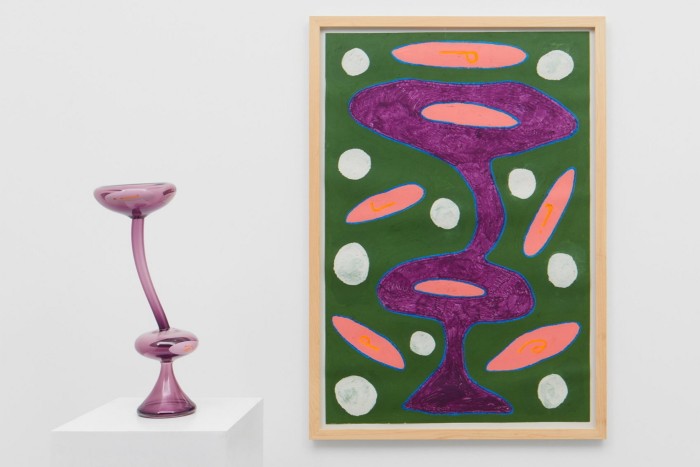
The Sunday Painter of London chose a choreography of Nicholas Pope’s new paintings and glass vessels (in collaboration with glassmith James Maskrey). While Pope is known for his organic towering forms of wood, stone, and chalk, aesthetically in line with his contemporaries Antony Gormley and Tony Cragg, this series that reveals Pope’s interiority are also “quite liveable sculptures”, says gallery founder Harry Beer.
“Sculpture in this day and age, you need to spend more time with it, which is what we like about it,” says Beer. This is something the market is beginning to warm to, even in “the dynamic of an art fair, where there is an impetus to move things forward”, explains Peres.
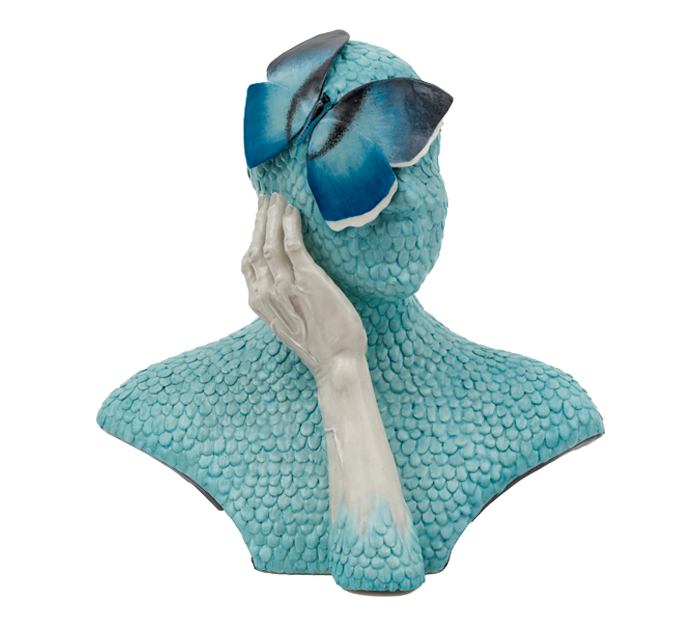
But not everyone agrees that this is indeed a return for sculpture. “Was sculpture ever gone?” exclaims PPOW co-founder Wendy Olsoff, a gallery veteran whose adventurous programme includes pioneering artists such as Carolee Schneemann, Martin Wong and David Wojnarowicz, as well as newer names working in 3D forms such as Hew Locke, Guadalupe Maravilla and Jessica Stoller (whose new ceramics are debuting at Independent). “Sure, they’re not easy to sell,” says Olsoff, “but everything’s not about money.”
May 11-14, independenthq.com
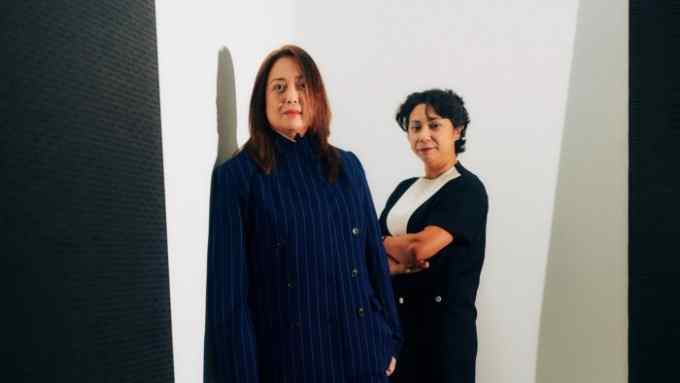
Comments